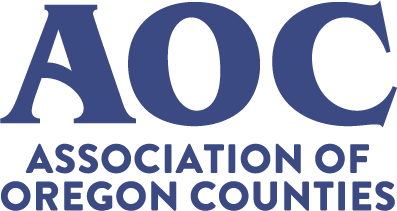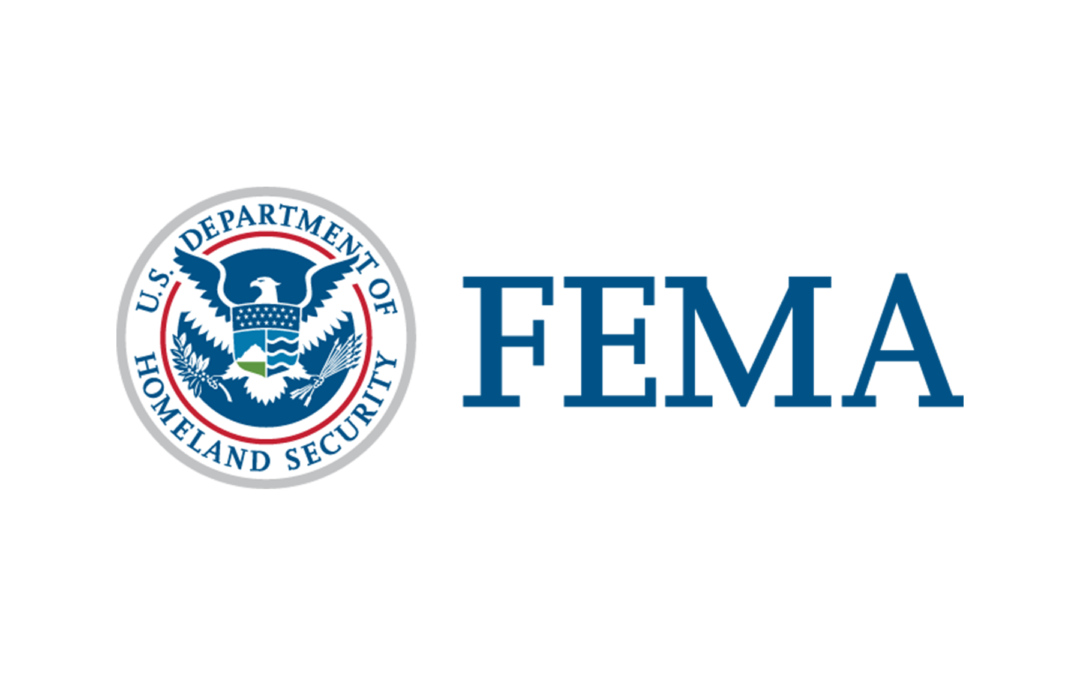After years of action by Congressman Peter DeFazio (D-OR) to delay the implementation of the new National Marine Fisheries Services (NMFS) Biological Opinion (BiOp), which would make significant changes to the implementation of the Federal Emergency Management Agency’s (FEMA) National Flood Insurance Program (NFIP), a letter was sent to impacted jurisdictions in mid-July.
That letter stated local jurisdictions within the NFIP would be required to have in place “Pre-Implementation Compliance Measures (PICM)” no later than Dec. 1, 2024. The purpose of these PICMs according to FEMA were to “ensure the continued existence of threatened or endangered species in compliance with the Endangered Species Act.”
NFIP participating communities in Oregon must select one of the PICM pathways laid out by FEMA:
- Adopt a model ordinance that considers impacts to species and their habitat and requires mitigation to a no net loss standard.
- Choose to require a habitat assessment and mitigation plan for development on a permit-by-permit basis.
- Put in place a prohibition on floodplain development in the Special Flood Hazard Area.
These PICMs must be in place until the release of the Final Implementation Plan and implementation in 2027. If an impacted jurisdiction does not pick a PICM pathway by the Dec. 1 deadline and notify FEMA of their selection, they will default to a permit-by-permit basis (Option 2).
FEMA defines “development” in their model ordinances as “any man-made change to improved or unimproved real estate, including but not limited to buildings or other structures, mining, dredging, filling, grading, paving, excavation or drilling operations or storage of equipment or materials.”
FEMA’s draft guidance states the following actions are not required to have a habitat assessment or a new floodplain permit issued, as these activities, according to FEMA, do not meet the NFIP definition of “development.” However, any other applicable federal, state, or local requirements still must be met. If the activity is not one of the exemptions listed below, a new floodplain permit and/or habitat assessment will be required before a project can begin.
- Routine maintenance of existing landscaping that does not involve grading, excavation, or filling.
- Removal of noxious weeds, hazard trees, and replacement of non-native vegetation with native vegetation.
- Normal maintenance of above and below ground utilities and facilities (e.g. replacing power lines and utility poles.
- Normal road maintenance, but not including the expansion of the road system. (e.g. filling potholes, repaving, installing signs and traffic signals).
- Normal maintenance of a levee or flood control facility. Normal maintenance does not include repair from flood damage, expansion, or addition of material.
- Plowing and other normal farm practices on legally existing agricultural areas. Any new structure / filling, or the addition of land by way of clearing will likely require both a development permit and a habitat assessment.
FEMA’s draft guidance also states the following actions are required to have a permit but not a habitat assessment.
- Normal maintenance, repairs or remodeling of structures provided such work does not constitute a substantial improvement or repair of substantial damage. To comply, the cost of such work must be less than 50% of market value of the structure.
- Activities with the sole purpose of creating, restoring, or enhancing natural functions associated with floodplains, streams, lakes, estuaries, marine areas, habitat and riparian areas – provided these activities do not include structures, grading, fill, or impervious surfaces.
- Development of open space and recreational facilities (parks, trails, etc.) provided they do not include structures, fill, or the removal of more than 5% native vegetation.
- Repair to onsite septic systems, provided the ground disturbance is the minimal necessary and best management practices are followed to prevent stormwater and soil erosion.
- Projects that have already received concurrence under another ESA following permit (e.g. US Army Corps of Engineers 404 permit).
- Repair of an existing, functional bulkhead in the same location and footprint with the same materials when the Ordinary High-Water Mark is still outside of the face of the bulkhead.
As outlined in the guidance document for review of development on a permit by permit basis with accompanying habitat assessment, site visits as well as documentation of fill/removal activities must be documented and reported by the local planning authority.
AOC staff, as well as county planning directors, commissioners, and impacted parties from across the state have been meeting with agency heads and the governor’s office regarding these new requirements and the new processes local jurisdictions will have to follow.
The model ordinance that has been released can be found here.
The Floodplain Habitat Assessment and Mitigation regional guidance for Oregon can be found here.
Contributed by: Branden Pursinger | Legislative Affairs Manager

